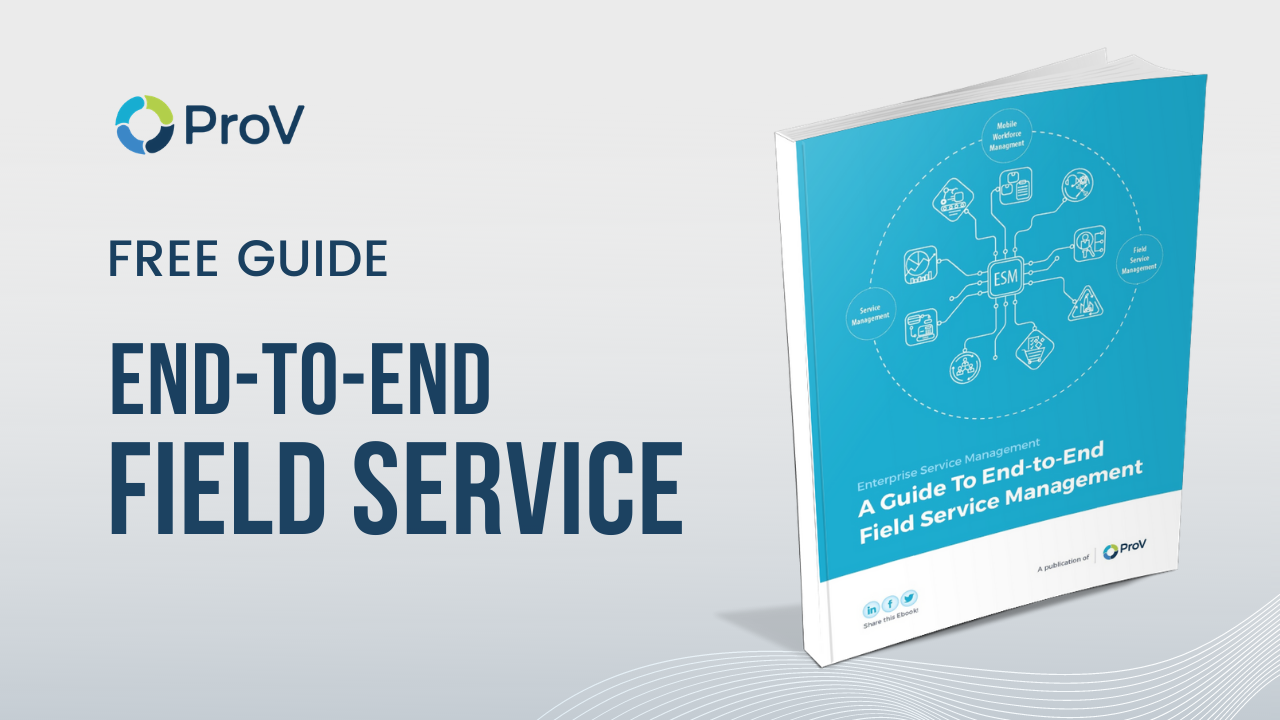A little awareness and planning can go a long way towards zeroing in on your weaknesses and developing a clear plan of action. However, thanks to a confusing array of products and features available on the market and the requirements of your business, making a final decision is not easy. Here are 9 things to avoid when selecting an ESM suite.
1)Having an ROI Blind Spot
It’s easy for executives to get lost when considering the jargon surrounding features, pricing, platform, and dependence. These parameters are important for ROI calculations and need to be assessed. However, many businesses fail to factor in the costs required to install, train, analyze, and adapt to your new software. These are also important factors to help you determine the sustainability of your suite.
2) Not Treating Data as an Asset
Your workforce management system is not merely a transactional workflow. It also contains provisions to channelize workforce activity and control what happens. Missing where your workforce generates income or increases cost can be detrimental to your business.
3) Choosing Technology over Business Needs
Instead of focusing on having cutting edge technology, you should ensure that whatever technology you do add creates new value. Opting for the latest technology sometimes doesn’t add much operational value for your business and will only increase your costs.
4) Sunk Cost Misconception
Often, top-level executives focus on preserving an old investment in an attempt to save money. Many businesses opt for investing in the integration of new features with their old systems instead of investing in new systems that could be developed for much less money than retrofitting existing systems.
5) Overbuying
Executives often wrongly equate a plethora of new features in a software suite directly to high efficiency and high performance. Choosing features that you may never use will only drive up your costs unnecessarily. It will also confuse your employees, whom you will also have to train on each of those features.
6) Not Consulting Field Operatives
It's never a good idea to invest in software for somebody, without first understanding how the software is going to help them. Field operatives are more likely to understand the real-world problems they face and how to tackle them, than any management team without field experience.
7) Failing to Communicate
If you fail to communicate with your team about your new software before implementation, it will only lead to confusion. Unless employees understand the importance of the new software, they will be much less inclined to integrate it into their daily workflow.
8) No Future Planning
Most businesses invest in new software to help with their operations in the present day. However, choosing a solution that is not going to be able to scale with you, as your organization grows can be a costly mistake.
9) Not Prioritizing User Experience
Regardless of how robust your software’s capabilities are, if it is not tested for a hassle-free real-world user experience, it’s doomed to fail.
Want to learn more about how ProV can help your business navigate the complex technological landscape of today? Give us a call today!

